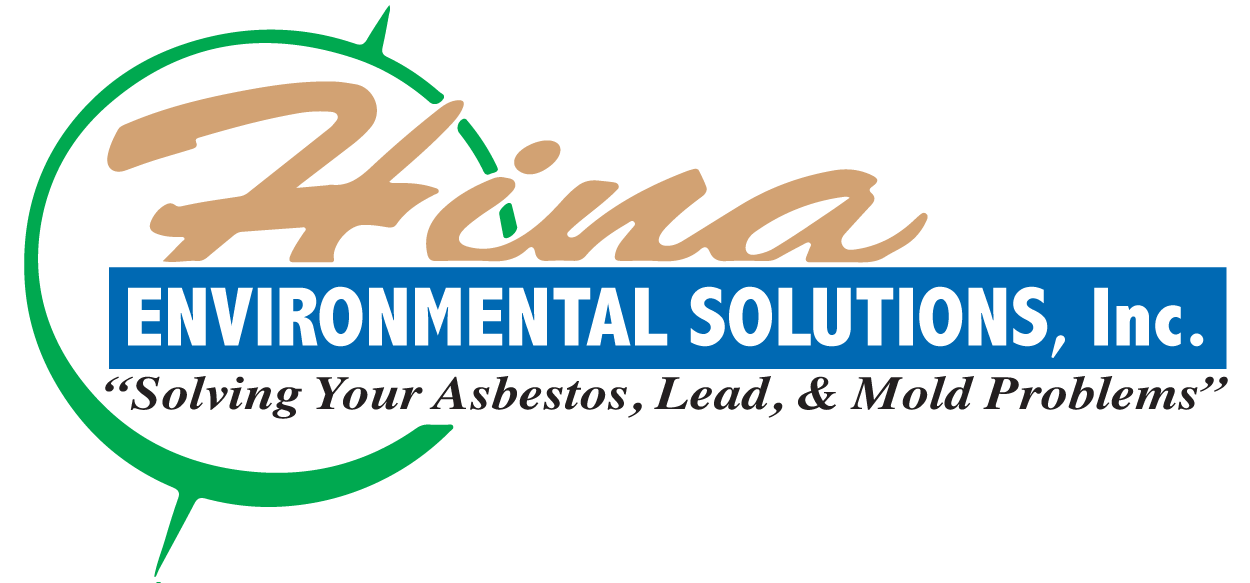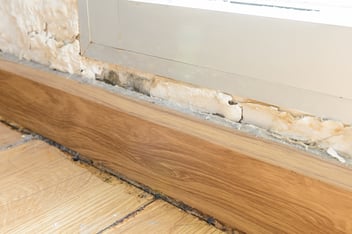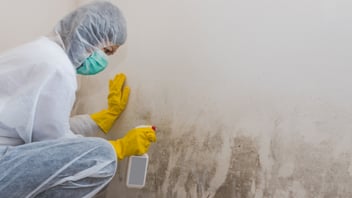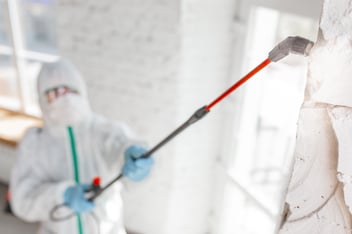What Happens During Mold Remediation: Protecting Your Home and Health
Mold is a common problem that many homeowners face, and it's not just unsightly; it can also pose serious health risks. When mold infests your home, it's essential to address the issue promptly and effectively. This is where mold remediation comes into play. In this comprehensive guide, we'll delve into the intricacies of mold remediation, exploring the steps involved, various removal methods, and why it's crucial to enlist professionals like Hina Environmental Solutions for your mold remediation needs.
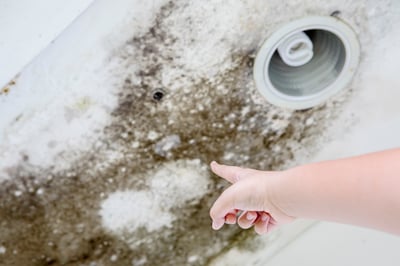 Understanding Mold and Its Dangers
Understanding Mold and Its Dangers
Before diving into the mold remediation process, it's crucial to understand what mold is and why it's a concern. Mold is a type of fungus that thrives in damp, humid environments. It reproduces by releasing tiny spores into the air, which can easily spread throughout your home. When these spores find suitable conditions, they can grow into colonies, leading to extensive damage and health problems.
Exposure to mold can cause a range of health issues, including respiratory problems, allergies, skin irritation, and more. Mold is particularly dangerous for individuals with compromised immune systems, allergies, or asthma. Therefore, taking mold infestations seriously and addressing them promptly is of utmost importance.
The Mold Remediation Process
Mold remediation is a systematic process aimed at removing mold from a contaminated area while preventing its return. Here are the key steps involved:
-
Inspection and Assessment: The first step is to conduct a thorough inspection of the affected area. A trained mold remediation professional will assess the extent of the infestation and identify the type of mold present. This assessment helps in devising an appropriate remediation plan.
-
Containment: To prevent the spread of mold spores to unaffected areas, containment is essential. This involves sealing off the contaminated area using plastic sheeting and creating negative air pressure using specialized equipment to ensure that mold spores do not escape.
-
Air Filtration: High-efficiency particulate air (HEPA) filtration systems are used to filter and purify the air within the containment area, trapping mold spores and preventing them from circulating.
-
Removal of Contaminated Materials: Mold can grow on various surfaces, including drywall, wood, and insulation. Contaminated materials that cannot be salvaged are safely removed and disposed of following industry guidelines.
-
Cleaning and Disinfection: The remaining surfaces within the containment area are thoroughly cleaned and disinfected to eliminate any residual mold. Specialized mold-fighting agents are used to ensure that the mold does not return.
-
Prevention Measures: After removing the mold, it's crucial to identify and address the underlying moisture problem that led to the infestation in the first place. This may involve repairing leaks, improving ventilation, or enhancing insulation to maintain a dry environment.
-
Testing and Clearance: Post-remediation testing is performed to ensure that mold levels have returned to normal. This is a critical step to guarantee the effectiveness of the remediation process.
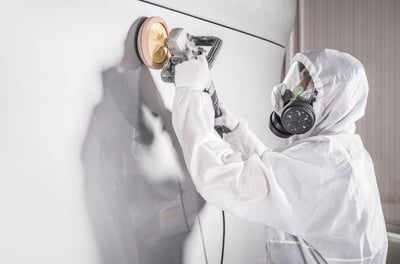 Methods of Mold Removal
Methods of Mold Removal
Mold remediation involves various methods, depending on the type and extent of the infestation. Here are some common approaches:
-
Scrubbing: Mechanical methods, such as scrubbing with brushes and detergent, are used to remove surface mold from non-porous materials.
-
Sanding: For porous materials like wood, sanding may be necessary to remove mold growth effectively.
-
HEPA Vacuuming: High-efficiency particulate air (HEPA) vacuums are used to remove loose mold spores from surfaces and the air.
-
Chemical Cleaning: Specialized mold-fighting agents and biocides are applied to surfaces to kill mold and prevent regrowth.
-
Dry Ice Blasting: In some cases, dry ice blasting is employed to remove mold from delicate or intricate surfaces without causing damage.
-
Encapsulation: Encapsulation involves applying a mold-resistant coating to surfaces to prevent future mold growth.
Why Choose Professionals like Hina Environmental Solutions
Choosing professionals like Hina Environmental Solutions for mold remediation is the wisest choice due to their expertise, safety measures, efficiency, and prevention capabilities. Our knowledge and experience help identify mold's root causes and plan effective remedies, while protective gear ensures safety during mold removal. Specialized equipment and techniques enable efficient mold elimination, and we also address underlying moisture issues to reduce the risk of future mold growth, making professional assistance essential for safeguarding your property and well-being.
Mold remediation is a crucial process for safeguarding your home and health. It involves a series of systematic steps, including inspection, containment, removal, cleaning, prevention, and testing. While there are various methods for mold removal, enlisting the services of professionals like Hina Environmental Solutions is the best way to ensure a safe and effective remediation process. Don't compromise on your family's health and the integrity of your home; choose experienced professionals to handle your mold remediation needs today. Contact Hina Environmental Solutions to protect your home and loved ones from the dangers of mold.
